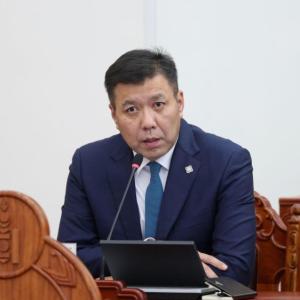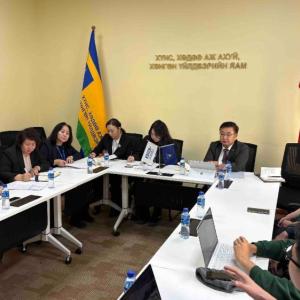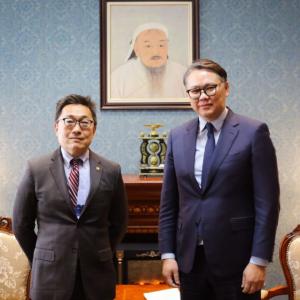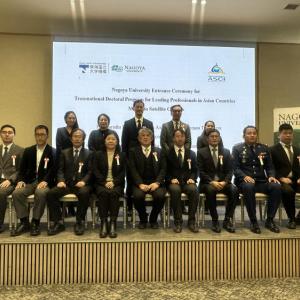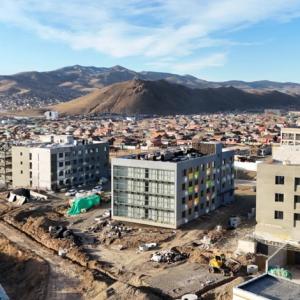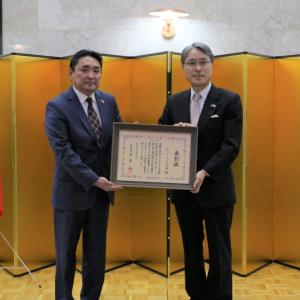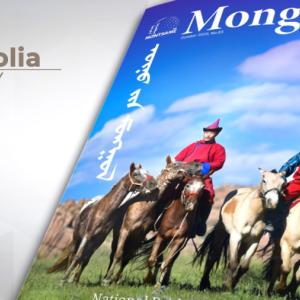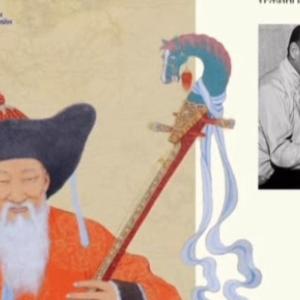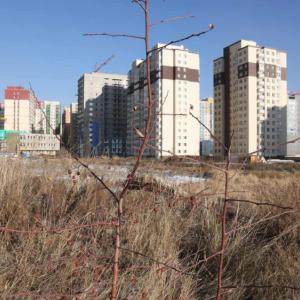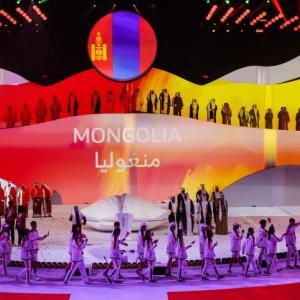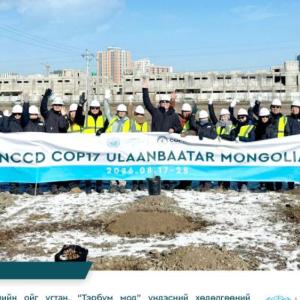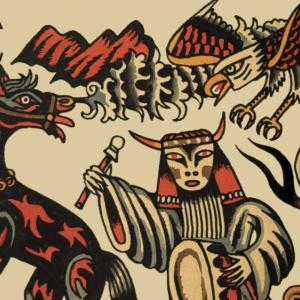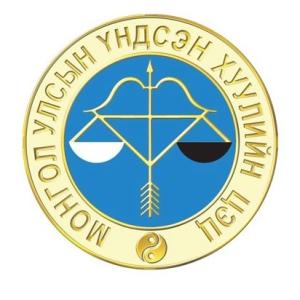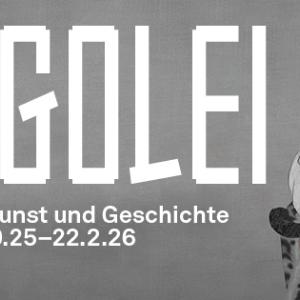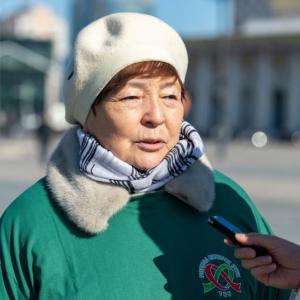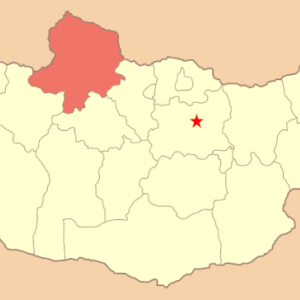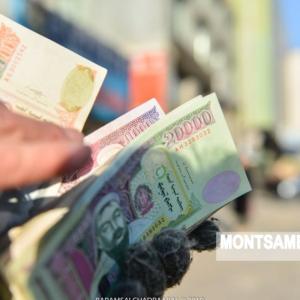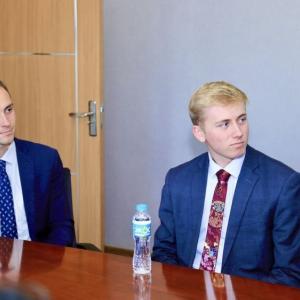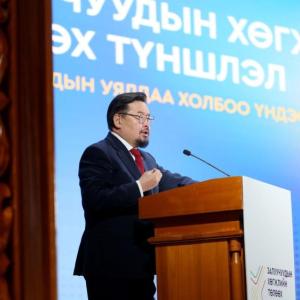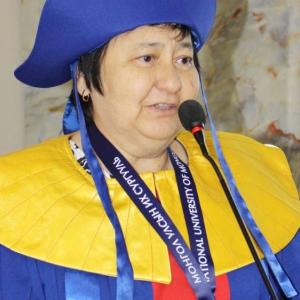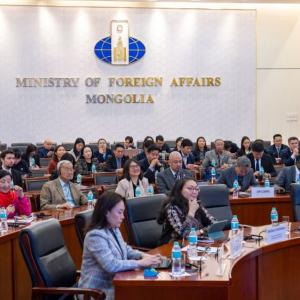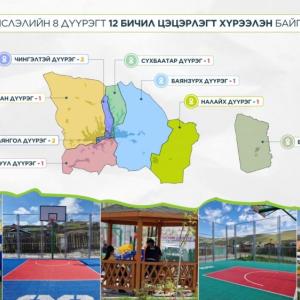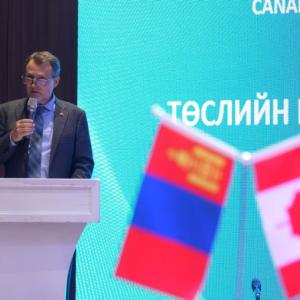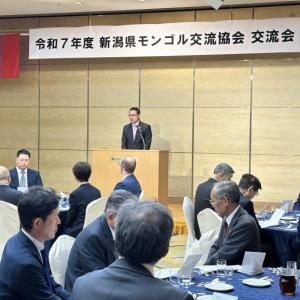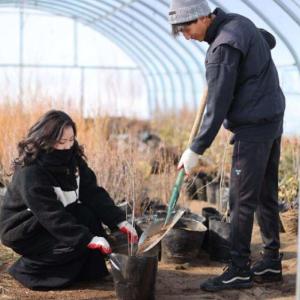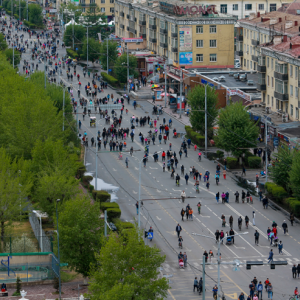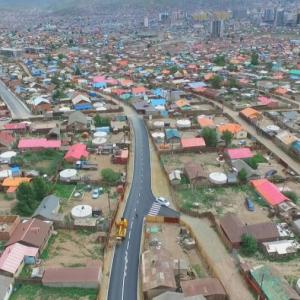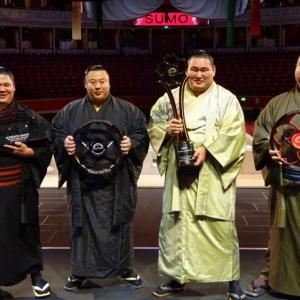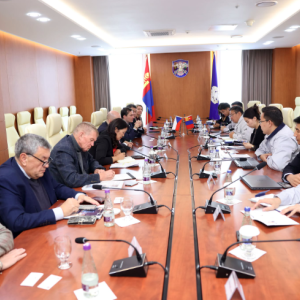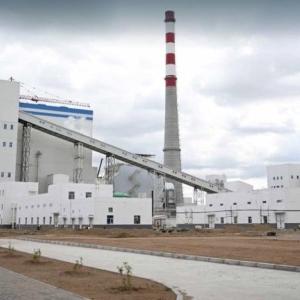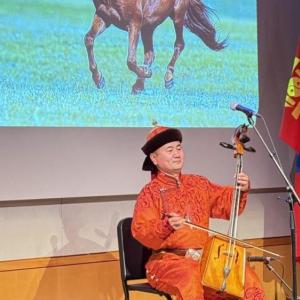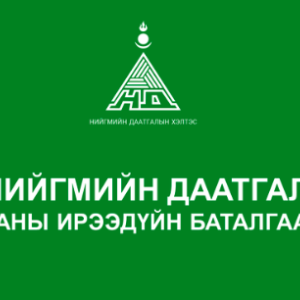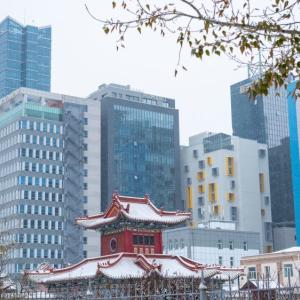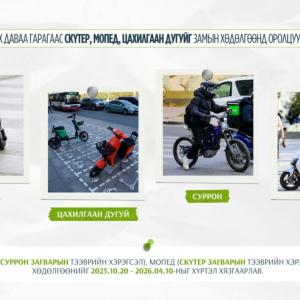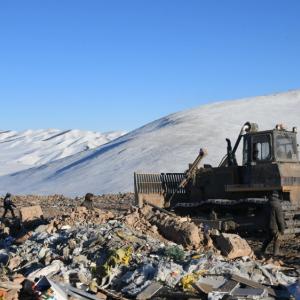Mongolia's highly productive Yaks in serious decline
The Mongol Messenger
Drought, dzud, mining, and migration to urban centers blamed
Yak farms are helpful for the livelihoods of nomads in mountainous areas of western and steppe regions of Mongolia. This sector expresses the traditions of hundreds of years of Mongolia's nomadic history and culture.
During the socialist period, over 20 percent of Mongolia’s total bovine head were yaks, providing 40 percent of meat and 40 percent of butter and cream needs of the country, along with thousands of tons exports. But in recent years, information about yak-originated raw materials, names of products and quantity haven’t been stated in statistical figures.
Over 90 percent of Mongolia's yaks are in high mountainous areas of western and Khangai regions of Mongolia. By the end of 2011, the yak population reached 440.3 thousand head, showing a 70 percent decline compared with 1998. This decline was caused by drought and dzud disasters that occurred in 1999-2000 and the dzud disaster of 2009-2010. It was also affected by factors such as migration to the urban centers and mining.
“Yaks don’t acclimatize well to land lower than 1800 meters above sea level and its reproductive ability worsens, being apt to suffer diseases. In 2008, Uvurkhangai Aimag had 76.7 thousand, Gobi-Altai -16.2 thousand and Uvs - 10.1 thousand yaks, for a total of 103 thousand. But in 2011, the number of yaks in these aimags decreased to 21.8 thousand, 4.3 thousand and 5.2 thousand respectively. This is explained in connection with mining activities. Yaks are more reproductive in wild areas, far from settlements; therefore, these aimags give attention to developing yak farms,” said Dr. and Professor Yo. Zagdsuren, member of the Board of Directors of the Mongolian Yak Society.
Yaks have distinctive physical characteristics from other bovines. Researchers mark yak’s bigger head, longer snout, thin lips, higher crest, svelte haunch, short shin bone, thick skin, smaller hoofs and others. These characteristics play an important role so that yaks acclimatize to high mountainous areas. For instance, small hoofs stick like nails when a yak goes up and down a gorge, their short, heavy feet are good to keep balance in jerky movement, their thin lips can eat bleak grass, and their long and thick hair keeps them warm in the cold season. Yaks have advantages from other livestock by tending to thrive on remote mountain tops and eat 20 percent less than ordinary cows.
Mongolian yaks naturally make pasture shifts in high mountainous region; therefore, it is possible to produce value-added products from their raw materials. Yak wool has a quality very competitive with goat cashmere with its knitting fiber. As it grazes on mountaintops, it physically maintains a temperature difference of -35’C outside and +35’C in the body. It connects enthalpy of yak wool.
Yak wool products are cheaper than cashmere products, but it is impossible to produce large amount of products because yak wool production output is low. Yak milk is high in fat and protein, but is cholesterol free and most nutritious. Cheese made from yak milk is nutritious and has a distinctive taste. Shoes made of yak leather come into fashion in Europe. Shoes and mats made from non-standard hide of yaks processed with their wool can encourage yak farming development. Also souvenirs and home products are made from yak hair, horns and hoofs.
Dr. Zagdsuren said, “The issue of developing intensified farms of high productive cows in western and Khangai regions where yak farms exist may not be resolved in the near future due to the particularity of mountainous areas with a severe climate, shortage of food and other reasons. I think yaks that acclimatized to high mountainous climates and pastures for a thousand years are a highly productive animal. For example, in about 180 days of the milking season, a yak gives 500 to 700 kg of milk with over 7 percent fat. It equals 1500 to 2000 kg of milk from mixed blood cows that are fed in a warm shed. It shows which one is more efficient. The encircling rope of a ger dwelling made of yak hair is durable for about 30 years. Products made with yak wool and hair are very suitable for humans to keep warm, resist wetness, and offer a light and soft feeling. Therefore all kinds of yak woolen clothes and items are very suitable for people; in particular, those who live in areas that have damp and cool weather.
This year, Mongolia has sufficient resources to process 180-200 tons of yak wool. However, the wool of every yak can be combed like a goat; therefore, just two-sixths of the total resource is combed and processed. Eight years ago, a kilogram of yak wool cost Tgs2500 and it reached Tgs9000 in 2012. There are over 10 enterprises that process yak wool and produce end-products.
In recent years, some of them such as, Sanjaaz LLC exported over 40 thousand clothes of about 70 styles to Germany. ‘Natur Alfa’ LLC now exports yak wool items to Russia. Unfortunately, fake threads painted with yak wool colors are imported from China. Clothes made with the thread are sold with labels ‘100 percent Mongolian yak wool’. Relevant organizations need to pay attention to this; otherwise, users will lose confidence and be in doubt about the quality of Mongolian yak wool”.
People of the region where yaks are raised prefer yak meat. Yak meat produces nutritious broth and good quality dried meat borts. Yak meat has high hemoglobin and low fat. According to the study, yak meat has high protein and low fat. A kilogram of fat contain 19 grams of carotene or vitamin A. Moreover, yak meat is rich in vitamins and considered eco-friendly. A kg of cheese is made from 10 kg of yak milk while 20-22kg milk of Mongolian or mixed blood cows produce a kilogram cheese.
Dr. Zagdsuren said, “Evaluations and studies need to be made in the decrease of yak heads. It is necessary for the Government to issue a policy document on sustainable development of this sector. Of course, it will take time, but participant bodies of this sector need to seek mutually profitable solutions. There are genetic resources to improve the live weight and milk output by at least 20 percent. However, high productivity negatively affects the durability of animals. Within the ‘Mongolian Livestock’ Program, Mongolia needs to raise selected herds of yaks including selected male yaks to be used for breeding in every aimag with yaks. By doing so, the basis will be put to improve herds. Also, activity to have a yak-cow hybrid needs to be expanded to decent levels. It will improve the income of herders and increase yak heads”.
It has been six years since the Mongolian Yak Society was established and it aims at ensuring the sustainable development of yak farming and creating new knowledge and technology. With funding from the Swiss Agency for Development and Cooperation and Mercy Corps, training on combing and sorting yak wool was given to about 1300 yak herders and handbooks were distributed in over 20 soums of five aimags in 2008-2009. Thanks to the training, combed wool production increased year by year. The tariff on yak wool increased by almost four times and it helps herders’ earnings.
With funding from the Food, Agriculture and Light Industry Ministry and ‘Nogoon-Alt’ Program, a small enterprise of mixed and condensed animal fodder with minerals was established in 2010 in rural areas. Since then, the enterprise has produced over 100 tons of good quality fodder and was distributed to herders. Moreover, a European cheese workshop opened with funding from the Czech Republic and a small enterprise for yak wool knitting was established in Ikh Tamir Soum of Arkhangai Aimag with the SDC. An experiment started in 2012 with the ‘Nogoon-Alt’ Program to build a basis for a main herd of Terkhiin bor yak and choose optimal versions to create a cow-yak hybrid.
B.Oyundelger
The article can be read from the Mongol Messenger's issue No. 10 for March 08, 2013.
 Ulaanbaatar
Ulaanbaatar





